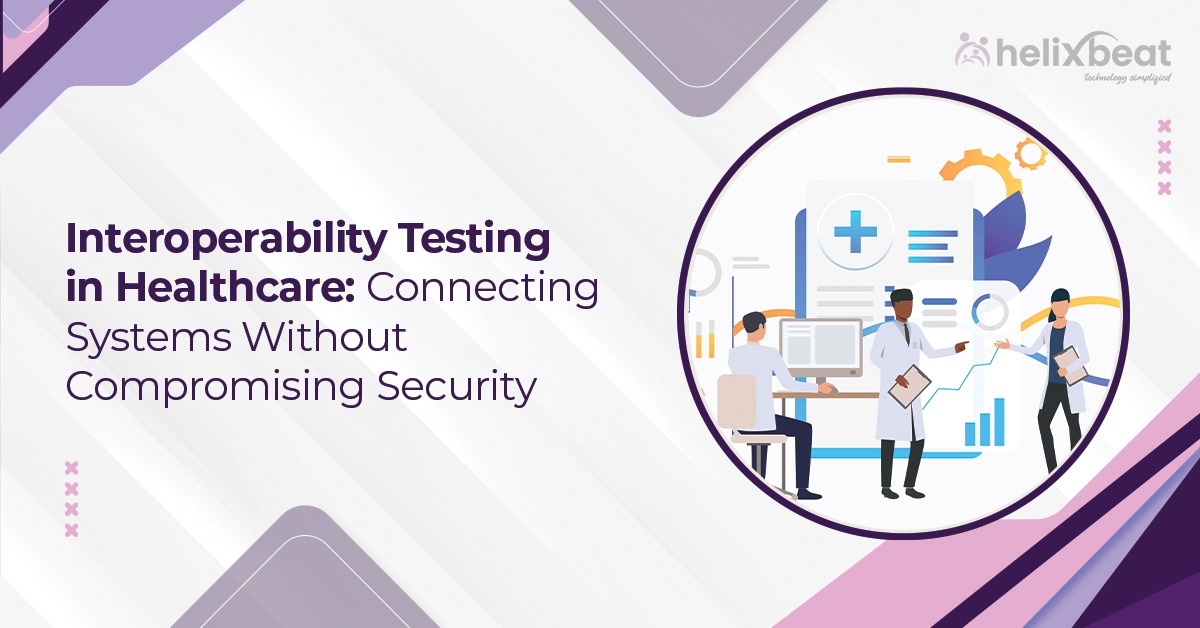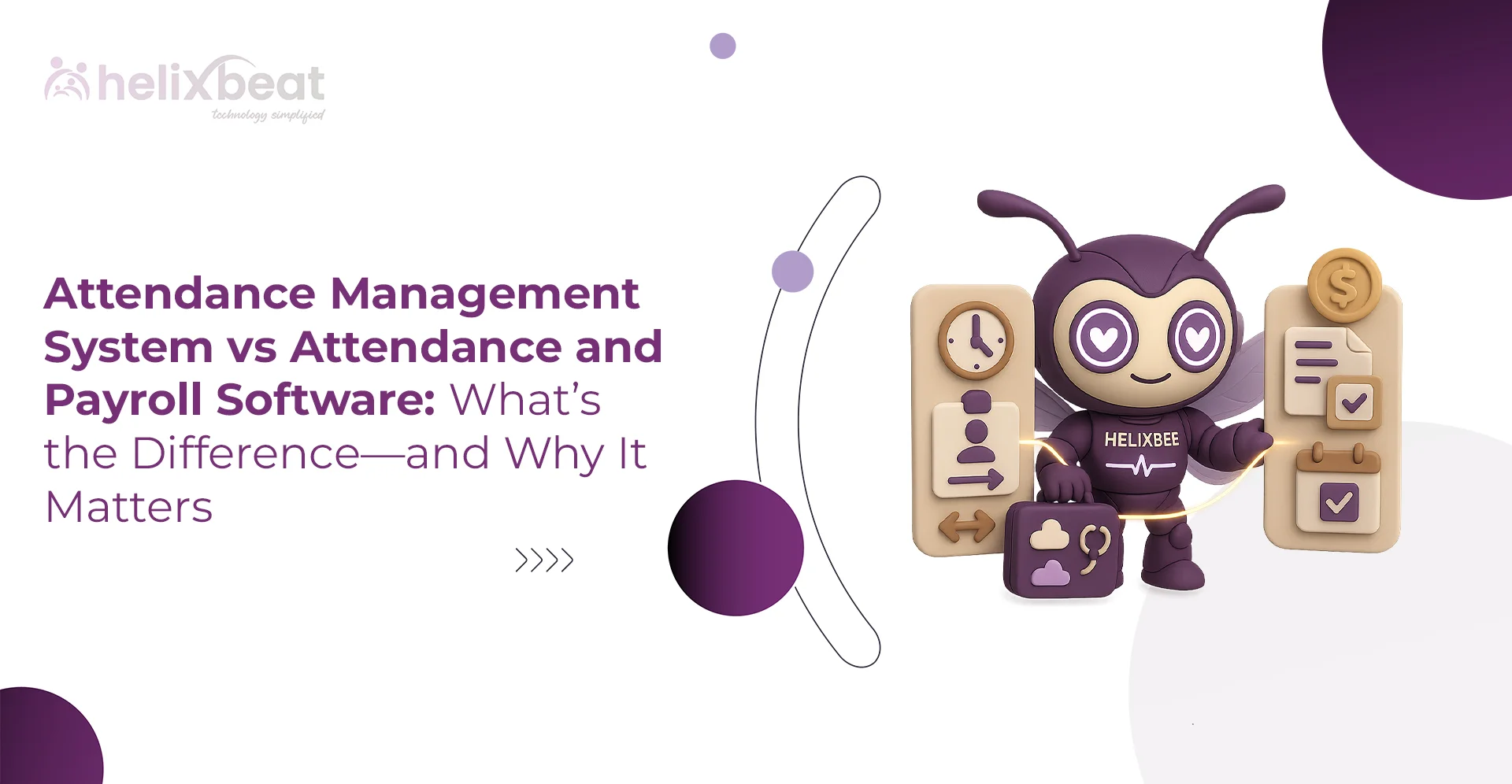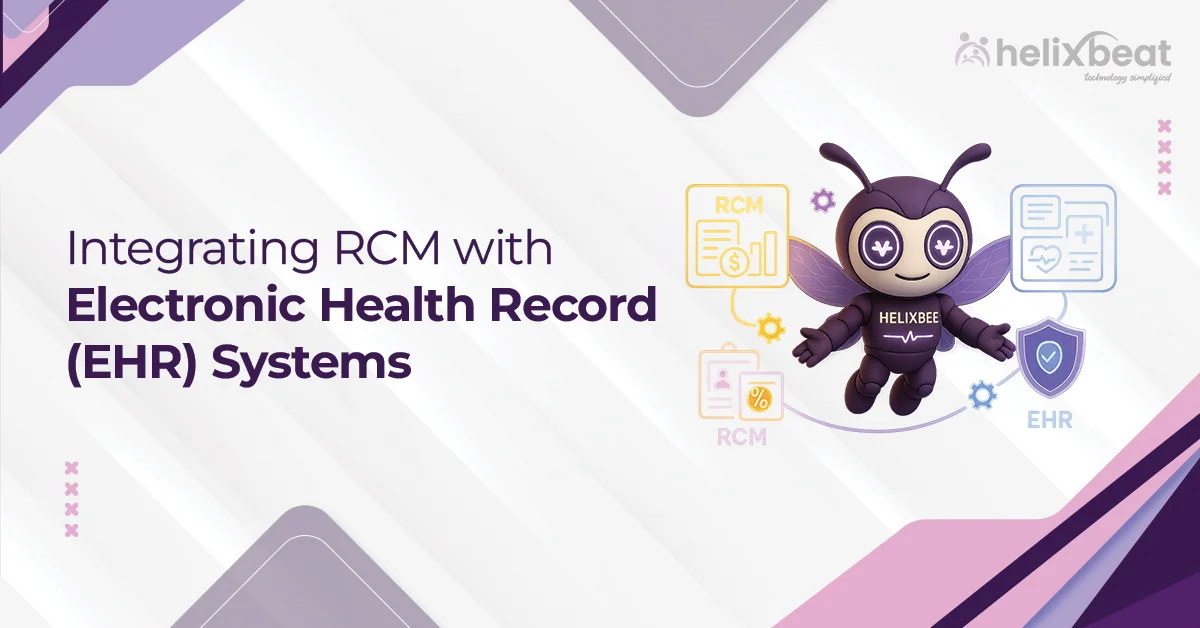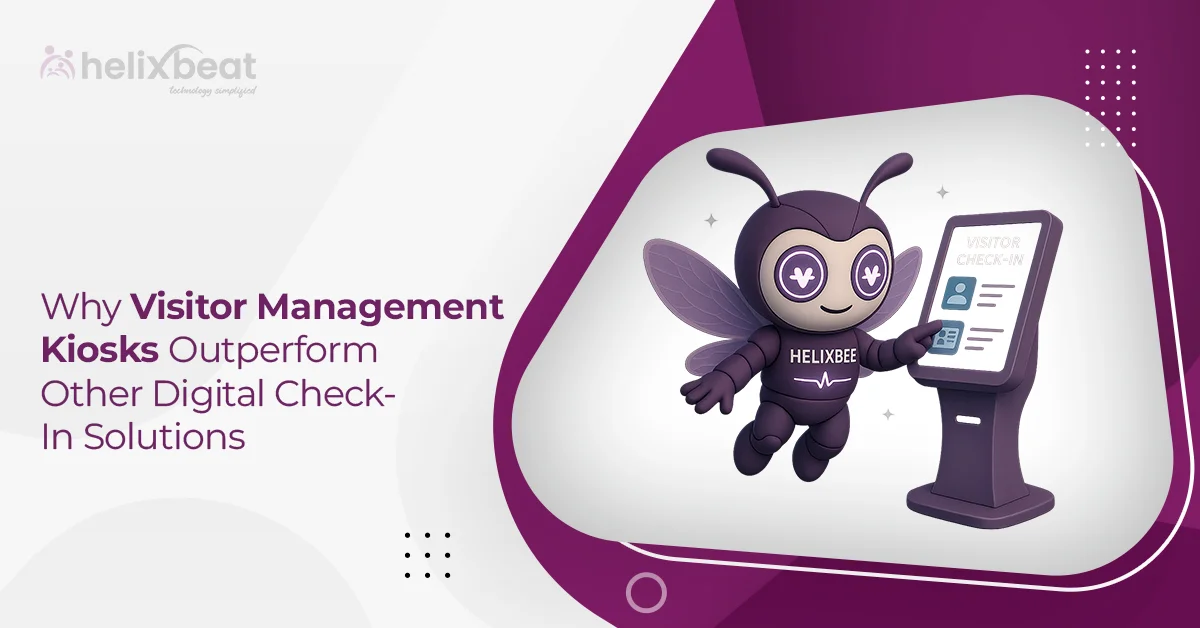Did you know that more than 30% of medical mistakes happen because hospitals can’t share data properly? That’s a big problem. For example, what if your doctor couldn’t see your allergy history just because their computer can’t connect to another hospital’s system. Scary, right?
That’s why interoperability testing is super important in healthcare. It helps different healthcare software and apps work together without messing up your private health info. Like making sure your phone can talk to your friend’s phone, even if they’re using a different brand.
In this blog, we’ll explain what interoperability testing really is, why it matters, the good and bad parts, and how people test healthcare apps to make sure everything works smoothly and safely.

Table of Contents
What is interoperability testing?
Interoperability testing is when we check if two or more healthcare systems, apps, or devices can talk to each other properly and share information without any mix-ups. In healthcare, this means testing if things like patient records, lab results, or prescriptions can move safely and correctly between different software like from a hospital’s system to a clinic’s app or a pharmacy’s database.
It’s a big part of healthcare testing because doctors and nurses need the right data at the right time to make good decisions. Interoperability testing makes sure everything connects well, even if the systems are made by different companies.
What are the Goals of Interoperability Testing?
Let’s say a patient visits a new hospital, and the doctor needs to access their medical records from a different clinic. For this to happen smoothly and securely, the two healthcare systems must be able to communicate effectively. That’s where interoperability testing plays a critical role.
Here are the five main aims of interoperability testing in healthcare:
- Smooth Data Sharing
To verify that health information such as prescriptions, lab results, and patient history can be exchanged between systems without errors.
- Data Accuracy
To confirm that the shared data remains consistent and unchanged throughout the communication process.
- Security and Privacy
To validate that sensitive patient data is transmitted securely, while complying with healthcare regulations and privacy standards.
- System Compatibility
To check whether different healthcare software platforms, often developed by separate vendors, can interact without conflicts.
- Improved Patient Care
To support clinical decision-making by enabling healthcare professionals to access complete and up-to-date patient information.
By meeting these goals, interoperability testing helps make healthcare testing more effective, especially in environments where multiple systems need to work together seamlessly.
Advantages and Disadvantages of Interoperability Testing?
Advantages of Interoperability Testing
Interoperability testing brings several benefits to healthcare organizations, especially when systems need to exchange data accurately and securely. It plays a crucial role in delivering better care and improving operational efficiency. Here are five key advantages:
- Improved Data Flow
It enables seamless data exchange between healthcare systems, reducing delays in accessing critical information.
- Better Patient Safety
Make sure that accurate and complete patient data is available to healthcare professionals, reducing the risk of errors.
- Regulatory Compliance
Helps healthcare organizations meet interoperability standards like HL7 and FHIR, which are required for legal and operational compliance.
- Supports Integration of New Technologies
Makes it easier to adopt new healthcare applications, devices, or platforms within existing system architectures.
- Long-Term Cost Savings
Detecting compatibility issues early helps avoid costly system failures or data miscommunication down the line.
Disadvantages of Interoperability Testing
While interoperability testing is valuable, it also comes with certain challenges. These drawbacks need to be considered when planning a comprehensive healthcare testing strategy. Below are five common disadvantages:
- Complex Testing Procedures
Different systems often use different technologies, making testing difficult and time-intensive.
- High Initial Investment
Setting up the right tools, test environments, and skilled teams for interoperability testing can be expensive at the start.
- Lack of Standardization
Variability in protocols and data formats across systems makes it harder to create a universal testing approach.
- Potential Security Vulnerabilities
Testing involves data exchange across platforms, which may introduce privacy or security risks if not handled properly.
- Time-Consuming Process
Coordinating between systems, vendors, and teams can slow down deployment, especially when working with legacy infrastructure.
Different Types of Interoperability Testing
Interoperability in healthcare systems is not a one-size-fits-all approach. There are multiple layers where systems need to connect, from how they send data to how they understand and display it. To address this complexity, different types of interoperability testing are performed to validate seamless communication across platforms. Below are the main types:
1. Interoperability Testing by Data Type
This type focuses on verifying that different types of healthcare data, like patient records, lab results, prescriptions, or billing details, are shared accurately between systems. Each data type may follow different standards, so the testing checks how systems manage and interpret them during exchange.
2. Semantic Interaction Testing
Here, the goal is to check whether the meaning of the data remains the same across systems. For example, if one system uses “BP” and another uses “Blood Pressure,” semantic testing makes sure both systems understand the data identically and without confusion. It helps avoid misinterpretations in clinical decisions.
3. Physical Interoperability Testing
This type involves the physical components and network connections used for data exchange. It tests hardware compatibility (like servers, routers, and IoT devices) and how they interact to move data securely and efficiently, particularly in real-time scenarios such as emergency care.
4. Protocol Interaction Testing
Protocol testing checks whether different systems can communicate using the same or compatible communication protocols (like HTTP, HL7, or FHIR). Even if systems use the same data, they must follow common “rules of communication” to understand each other correctly.
5. Data Format Interoperability Testing
This ensures that data formats used during exchange (like XML, JSON, or CDA) are correctly understood by both the sender and the receiver. If one system sends patient information in JSON and the other only accepts XML, this testing identifies and resolves format issues.
These types of testing are essential components of any healthcare software testing strategy and are often handled by specialized healthcare app testing services to maintain security, accuracy, and compliance.
What Are the Difficulties in Interoperability Testing?
For example, if a hospital tries to share a patient’s medical records with a specialist clinic using a different software system. Although both systems are advanced, the data doesn’t transfer properly—the specialist receives incomplete information, or the lab results appear in the wrong format. This is exactly the kind of issue interoperability testing is meant to prevent. However, performing this type of testing presents several challenges.
Here are five common difficulties:
- Systems often follow different standards, making it hard to align communication protocols.
- Legacy software may not support modern data exchange, causing integration issues.
- It’s difficult to create a real-world test environment that reflects all systems involved.
- Testing with sensitive patient data raises security and compliance concerns.
- The process is time-consuming and resource-heavy, especially when multiple vendors are involved.
Ways to Overcome These Difficulties
While interoperability testing in healthcare comes with several challenges, there are practical ways to manage them. By adopting the right strategies, tools, and partnerships, healthcare organizations can reduce risks, save time, and achieve secure data exchange between systems. Here’s how to overcome the most common issues:
- Use standardized data formats and protocols like HL7 and FHIR across all systems.
- Modernize or integrate legacy systems using APIs or middleware for better compatibility.
- Set up dedicated test environments that simulate real-world healthcare data flow.
- Mask or anonymize patient data during testing to reduce privacy and compliance risks.
- Work with specialized healthcare app testing services to speed up testing and reduce resource load.
These methods help make healthcare testing more reliable and secure, especially when multiple systems must communicate without compromising patient data.
4 Simple Methods Involved in Interoperability Testing
Interoperability testing in healthcare uses a combination of technical methods to check how well systems communicate and exchange data. These methods help identify gaps in compatibility, format, or workflow before the software goes live. Here are four commonly used approaches:
- Interface Testing
This method checks if two systems can connect and communicate using APIs or messaging protocols like HL7 or FHIR. It ensures that data flows correctly between different platforms without errors.
- Data Mapping Validation
Data mapping ensures that information from one system fits correctly into another. This testing confirms that data fields like patient name, ID, or lab result match the correct locations in the receiving system.
- Conformance Testing
This verifies whether the healthcare system follows the required standards and specifications, such as CDA, FHIR, or DICOM. It’s used to check if the software complies with industry protocols for safe and accurate data exchange.
- Workflow Simulation
This involves simulating real-world use cases like patient admission or prescription sharing to test how systems interact during actual healthcare scenarios.
These methods make interoperability testing a critical part of healthcare software testing, helping avoid system failures.
Interoperability Testing on Mobile
As mobile health apps become more common, interoperability testing must also include smartphones and tablets. Mobile healthcare apps need to connect with hospital systems, electronic health records (EHRs), wearable devices, and cloud platforms. Testing checks whether these apps can send and receive accurate data, like lab reports or appointment updates, without crashing or displaying errors.
It also involves verifying that the app uses the correct data formats (like JSON or XML), follows security standards like HIPAA, and functions well across different networks (Wi-Fi, 4G, 5G). Since mobile devices vary in screen size, OS version, and hardware, healthcare app testing services use real-device testing and automation tools to ensure compatibility and safe data exchange across all platforms.
Example of Interoperability Testing
A common example of interoperability testing in healthcare is when a hospital’s electronic health record (EHR) system needs to share patient data with an external laboratory. The test involves sending a lab test request from the hospital’s system to the lab’s platform using the HL7 protocol.
The lab system then processes the request and returns the results in a structured format like XML. Interoperability testing checks whether the data is transmitted accurately, mapped to the correct patient record, displayed properly in the hospital’s EHR, and remains secure throughout the exchange.
This makes sure that both systems communicate effectively without any loss, duplication, or corruption of data.
Final Words
Interoperability testing is no longer optional in modern healthcare; it’s essential. With multiple systems, apps, and devices working together, even a small integration gap can lead to major issues like delayed diagnoses or incorrect treatments. That’s why advanced healthcare testing must include API-level checks and secure data exchange testing.
Helixbeat helps healthcare organizations manage this complexity with powerful API and integration testing services. Whether you’re building a mobile health app or connecting to third-party platforms, Helixbeat’s testing solutions validate every interaction, protect sensitive data, and support system communication.
If you’re looking to build connected and secure healthcare applications, Helixbeat suits you.
Book a free demo and see how Helixbeat can simplify your healthcare app testing and interoperability needs.
FAQ:
1. What is healthcare testing?
Healthcare testing is the process of checking if healthcare software like hospital systems, mobile health apps, or medical devices works correctly, securely, and can share data without errors. It helps prevent bugs, protects patient data, and improves the overall performance of healthcare systems.
2. What is healthcare domain testing?
Healthcare domain testing focuses on testing software built specifically for the healthcare industry. This includes checking compliance with regulations (like HIPAA), validating medical workflows (such as patient registration or lab processing), and making sure data accuracy and privacy are maintained across all systems.
3. How are mobile devices used in healthcare?
Mobile devices are used in healthcare for many purposes—doctors can check patient records, patients can track their health using apps, and nurses can update treatment logs in real-time. These devices help speed up communication, improve accuracy, and support remote care.
4. What type of software is used in healthcare?
Healthcare uses various types of software, including Electronic Health Record (EHR) systems, medical billing software, lab management systems, telemedicine platforms, patient portals, and mobile health apps. Each type helps streamline a specific part of healthcare delivery.
5. Which programming language is used in healthcare?
Healthcare software commonly uses Java for large systems, Python for data and AI, C++ for medical devices, and JavaScript for web apps. The choice depends on the system’s function and security needs.














